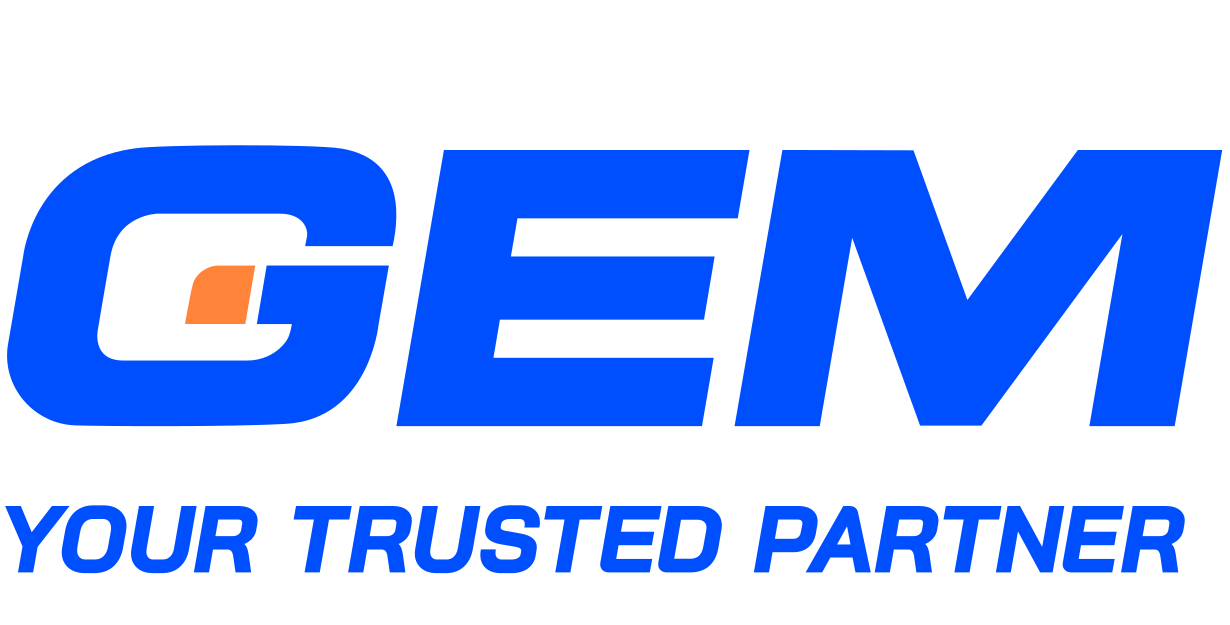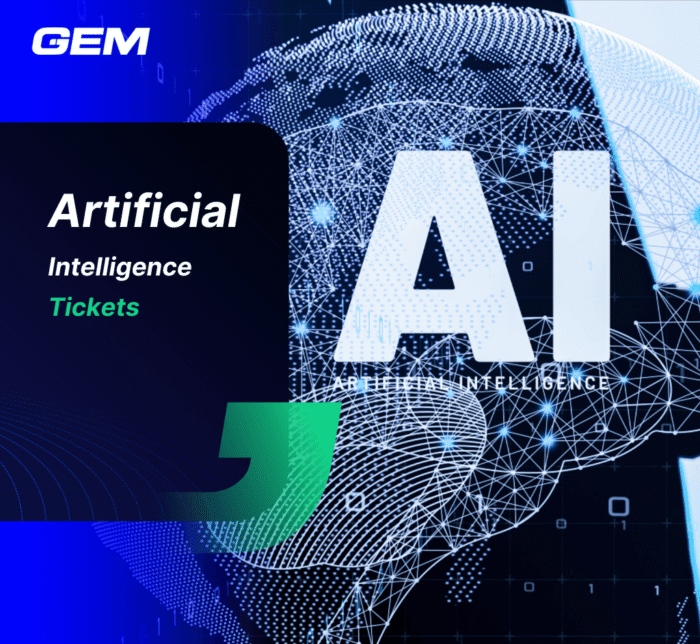Contents
In the innovation quest, AI Chatbot has appeared as an optimal solution that reinforces organizations’ communication.
Why AI Chatbots?
Many businesses are strengthening their relationships with customers through advanced, responsive, and flexible communication channels. At the same time, they realized the need to enhance internal communication and support for everyone. In such an innovation quest, AI Chatbot has appeared as an optimal solution that addresses both sides of the matter.
Chatbots are designed primarily for responding to frequently asked questions in the text-based or voice-activated form. The earliest types of chatbots are menu/button-based chatbots and rule-based chatbots. They are built based on simple if/then logic and are easy to deploy. When a user interacts with these chatbots, if the query matches pre-defined conditions, then the chatbot can answer most queries.
Anyone has used these types of chatbot will realize that they fall short in answering more advanced queries. For example, if the user requires an answer that requires combining too many variables or knowledge, the simple chatbot is unable to deliver a satisfying reply. Dealing with a chatbot not giving the user what they need would annoy them more, and worsen the customer experience.
However, with the advancement of Artificial Intelligence, chatbots have evolved to process complex data and deliver more human-like interactions.

Natural Language Processing (NLP) and Machine Learning (ML) form an essential bedrock undergirding AI-based chatbots. NLP technology allows chatbots to comprehend the language, sentiment, and context, then process the vast and sophisticated human language effectively to provide the appropriate response.
Meanwhile, ML algorithms allow them to imitate the way that humans learn, constantly improving their accuracy. For example, the system could use historical conversations to analyze automatically, assess, and predict new output values. Furthermore, businesses can also choose to develop Rule-based/NLP Hybrid Chatbots which provide more flexibility.
For most small and medium businesses, a simple chatbot to segment customers, provide support, or take orders might be enough. But when it comes to large enterprise that involves thousands of online conversation per day, AI Chatbots became a gamechanger thanks to its scalability. And that could save thousands of man-hours on mundane tasks.
In 2020, the global chatbot market size was USD 2.9 billion and will reach USD 10.5 billion in the next six years.
The key factor contributing to AI chatbots’ popularity is their flexible applicability in various business processes such as customer service, sales, and human resources. That promotes effective external and internal communication, thus offering competitive advantages to businesses.
How are AI Chatbots Used in business?
Driving better customer support
One of the most prominent business use cases for AI chatbots is 24/7 customer support. Various industries are deploying this automation solution to deliver seamless customer experiences at every stage of the journey.
For example, AirAsia, the world’s best low-cost airline service, puts chatbots on the frontline of customer service to instantly accommodate clients in upgrading tickets, changing meal options, tracking flights, or changing reservations. The chatbot is called AVA (AirAsia Virtual Allstar). She is capable of handling up to 25,000 queries per second and can be accessed through the airline’s website, mobile app, WeChat, and WhatsApp.

This strategy also simplifies airline operations, and customer service agents could focus on more mission-critical and high-churn interactions to enrich the customer experience. AI chatbot adoption is not simply to automate customer service with instant interaction but to create a more human-like conversational experience.
Other applications for customer-facing AI Chatbots includes:
- Appointment booking
- Events/shows ticket booking
- Generate leads
- Sales support
Understand multiple languages
Thanks to NLP technology, these chatbots can understand the nuances of human languages and generate context-aware answers to more complicated questions as natural language responses. This linguistic ability makes Chatbot a dedicated assistant to an ever-increasing variety of services, such as shopping, entertainment, healthcare, or education. The launch of Apple’s Siri (2010) and Amazon’s Alexa (2014), for example, has opened the world to the new possibility of chatbots in supercharging customer experience in many languages.
AirAsia’s AVA is also a notable example of being able to support customers in multiple languages, including but not limited to English, Traditional & Simplified Chinese, Bahasa Indonesia & Melayu, Japanese, Korean, Vietnamese.
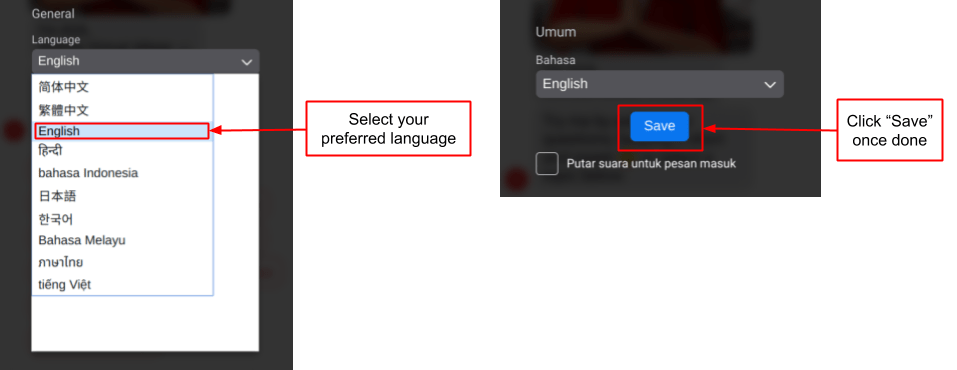
Facilitating internal communications
Besides the growing presence of chatbots in client service, the value of chatbots for internal communications and process optimization has enormous potential. According to recent research, over 30 percent of the workforce expect a technology system to free them from mundane tasks that take a toll on their energy and productivity. By using AI-powered chatbots, organizations help their employees address common workplace concerns and uplift their experience at the workplace.
Some notable applications of AI Chatbots for internal communications includes:
- Workforce task assignment
- Issue reporting
- Delivery of company FAQs
- Distributing training materials
- Shift management and schedule requests
Assisting HR tasks
Chatbots show a significant impact on Human Resources Management. AI Chatbots could help HR professionals tackle the issue of time-consuming and inefficient employee query management mechanisms.
Coca-Cola in Vietnam has employed a bot to resolve the massive volume of local employee queries and questions related to leave, travel, and overtime. The Chatbot is available in both English and Vietnamese and integrated with the existing system, which removes the language barrier and the need for prior training. It also contains a learning module introducing its history, story, journey, and values to employees.
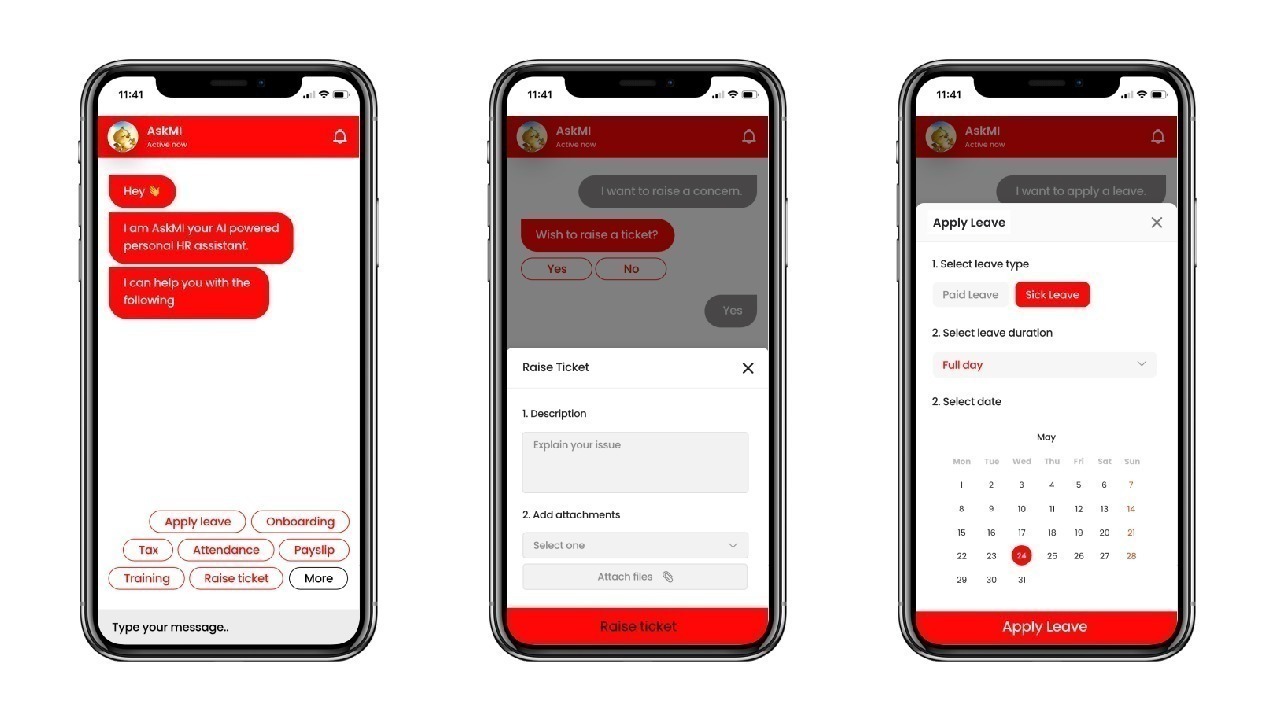
Moreover, chatbots could support the recruitment process. L’Oreal, the well-known cosmetic brand, uses a smart bot to automate the first stage of hiring. It can mimic human conversational abilities to interview many candidates simultaneously across various channels – SMS, Facebook, Skype, email, or chat.
Other HR tasks that AI-powered chatbots can support includes:
- Screen CVs and match candidates to job requirements based on their answers to open-ended interview questions
- Facilitate employee onboarding & offboarding process
- HR regulartory & tax compliance
As a result, the HR department can save 200 hours to focus on interviews and closing offers for their internship program.
Easing day-to-day operations
AI chatbots could accelerate the internal workforce productivity by executing daily time-consuming tasks in aggregate such as scheduling meetings across multiple employee calendars, booking meeting rooms, submitting hours. That allows employees to significantly reduce the processing time of these tasks to concentrate on meaningful work to drive efficiency.
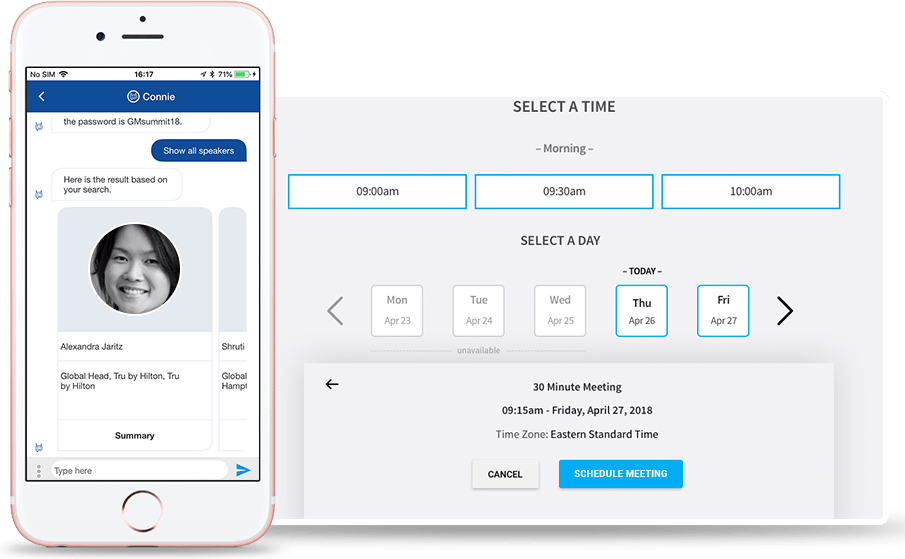
In short, the AI chatbot is such a powerful conversational tool living within organizations and accommodating wherever communication and tasks are performed. The sooner enterprises leverage this evolving technology, the faster they can deliver better interactions with customers and employees alike. In the long run, that would lead to unceasingly accelerated business growth in the future.
How to deploy AI Chatbots for your business?
Depending on the needs of your business, there are several options to build a Chatbot:
Self-service solutions with Graphical User Interface (GUI)
With this solution, you can build simple button/menu-based or rule-based chatbots using drag-and-drop. This option is suitable for SMEs with little to no budget or technical skills, as well as limited expectations from the bot. You can easily find simple chatbot builders online.

Self-service with an API, SDK, or library
This type of solution will provide API integration, SDK, or a library to act as a framework for your bot to use ML and NLP technologies. For example, a Chatbot API offer features for developers to build chatbots. They help the developers to use NLP to respond to the user, depending on the intent of the user’s message.
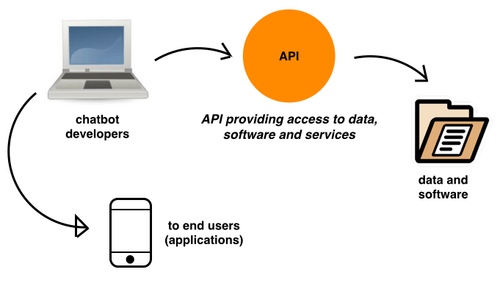
End-to-end solution
For businesses with thousands of pages of documentation and a require more sophisticated chatbot, this would be the right solution. You will need to work with a vendor to get this build end-to-end. Depending on the complexity of the solution, the price varies greatly. However, with a custom AI-powered chatbot, it can handle much larger queries than a simple chatbot or human support. A well-trained AI chatbot would be very close to a human ability to understand and respond.
In a recent project, we have built an AI that is able to generate questions from documents. With this AI, we can enhance chatbots’ ability to respond to humans.
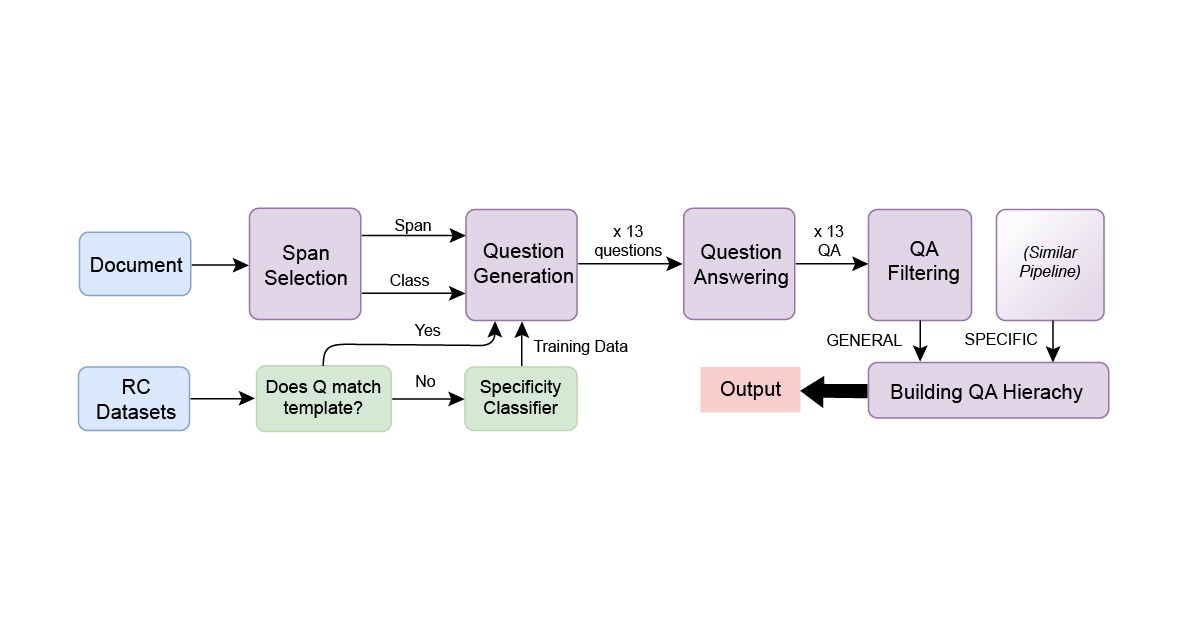
Are you looking for an AI expert?
1. GEM Corporation is an IT Outsourcing company experienced with developing AI solutions. We have worked on developing NLP and OCR solutions for top industrial corporations in Japan; specializing in deploying chatbots, text and image processors, recommendation systems. We are also partnering with Vietnam National University’s AI Laboratory on scientific research and talent training.
2. Our domain expertise includes Logistics, Telecommunications, Finance, Banking and Insurance, Retails, Manufacturing, and so on.
3. We have more than 7 years of experience. Our offices are based in Hanoi, Vietnam, and Tokyo, Japan.
4. We have successfully built more than 100 successful projects for our clients in the US, UK, Europe, Japan, Korea, Singapore, and many more.
5. Let us know how we can help you build your next AI solution. Contact us now and get a demo for your project.
